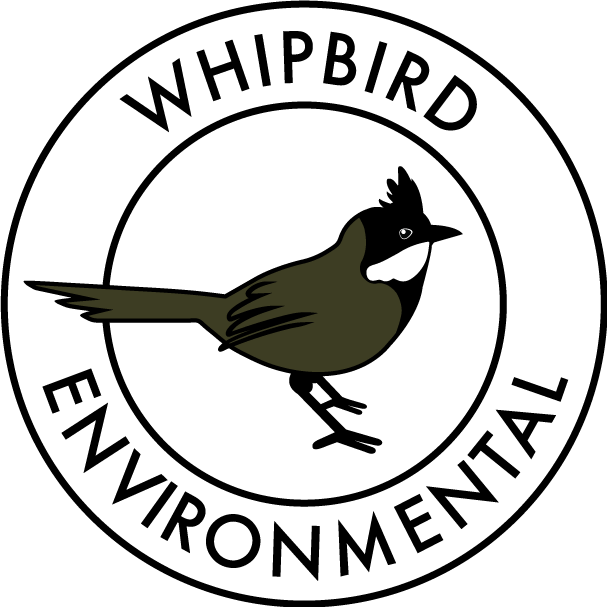Xerochrysum bracteatum (Golden Everlasting) Australian Native Plant Profile
Description
Xerochrysum bracteatum is an erect annual herb with bright golden-yellow flowers which give it its common name Golden Everlasting. The plant has been heavily cultivated and you can find a variety of colour variations and growth habits at many nurseries.
Growing Conditions
Xerochrysum bracteatum grows naturally in full sun or in dappled shade. They occur in well drained soils and do well with regular watering. They are tough plants though often occurring on shallow rocky areas and can handle dry spells and shallow soils quite well. Often seen in the Illawarra growing in open woodlands and Melaleuca armillaris Tall Shrubland (an Endangered Ecological Community).
Habitat Value
Golden Everlastings are a wonderful plant for several butterfly and bee species. Their flowers are packed full of goodness for little critters and that impact is furthered by having them grow with a variety of other local pollinator powerhouses like Plectranthus species and native grasses like Themeda triandra and Poa labillardieri.
Uses
Environmentally Xerochyrum would be an excellent plant in a revegetation area that is restricted by plant height regulations or for use in planting bubbles amongst grassy areas. Being in the asteraceae family Xerochrysum bracteatum has wind dispersed seeds and creates an abundance of seed that will help cover disturbed areas quickly and compete with annual weed species. They will also help to build soil life by adding organic matter to the soil seasonally when they die off.
In the Garden they make an excellent interplanting species with perennials for seasonal bursts of colour and pollination services for your veggie and herb garden. They are also fantastic for cut flowers with their flowers lasting a long time after being removed from the plant. (only take cut flowers from domestically grown specimens and not from wild populations).
Propagation
Propagation is quite easy from seed. For best results sow the seed soon after collecting off your plants and keep moist in a well drained medium. Cuttings can also be done although this method is best saved for cultivated varieties where flower colour and habit replication is desired.
You might also like:
Eustrephus latifolius (Wombat Berry)
Acacia terminalis (Sunshine Wattle)
Further Reading:
https://finder.growingillawarranatives.org/plants/plant/525
https://plantnet.rbgsyd.nsw.gov.au/cgi-bin/NSWfl.pl?page=nswfl&lvl=sp&name=Xerochrysum~bracteatum
http://anpsa.org.au/b-bract.html

